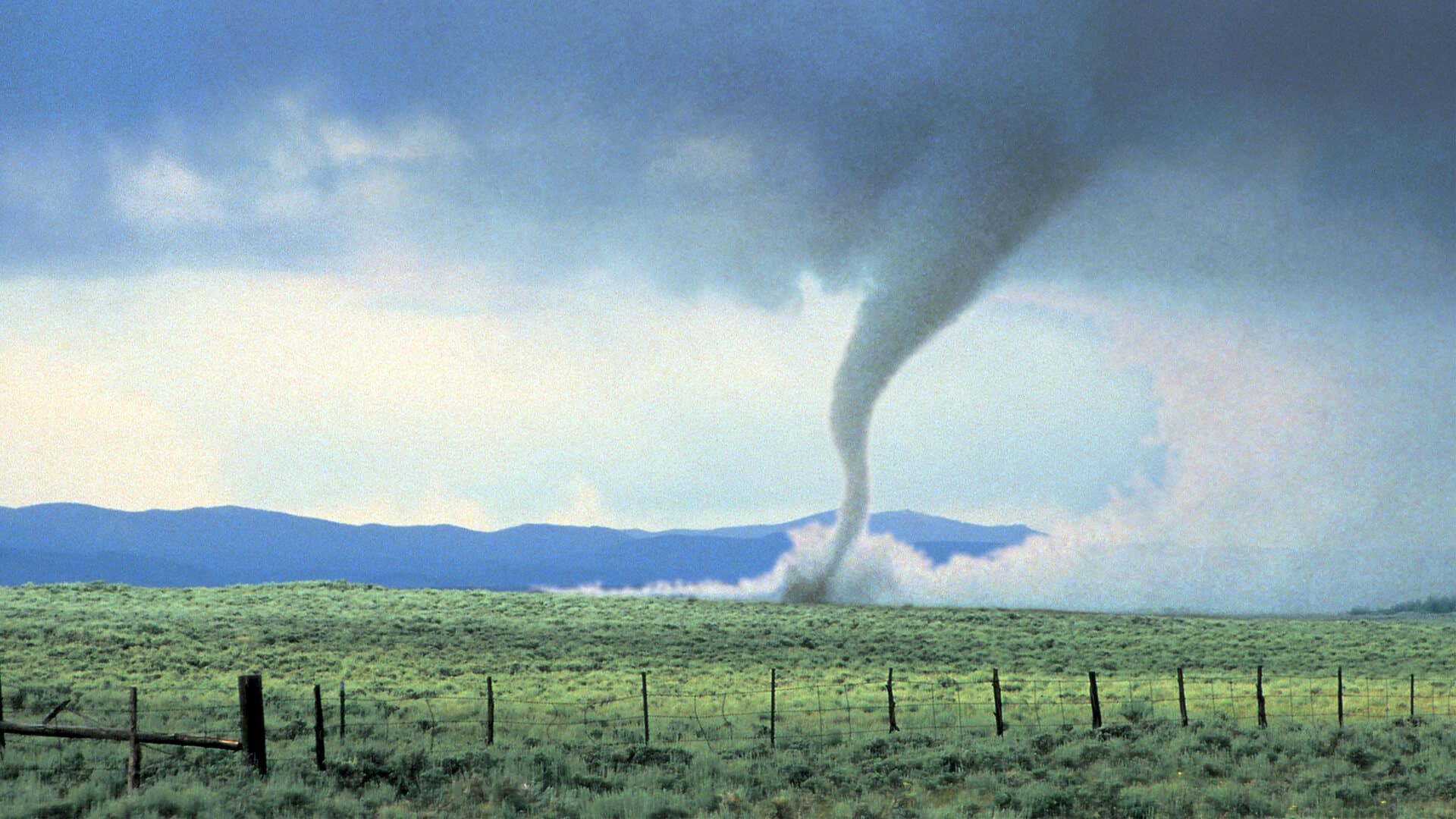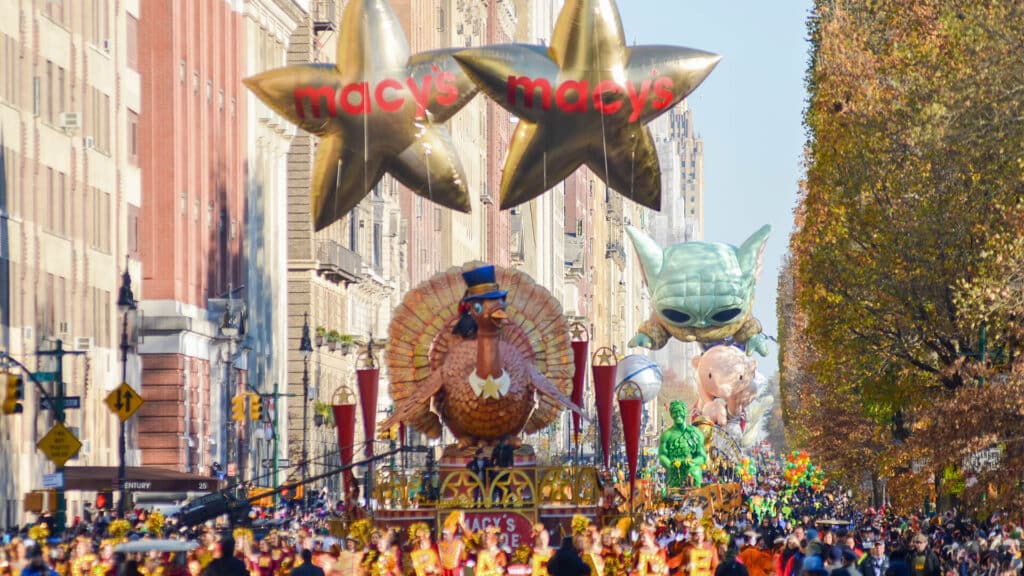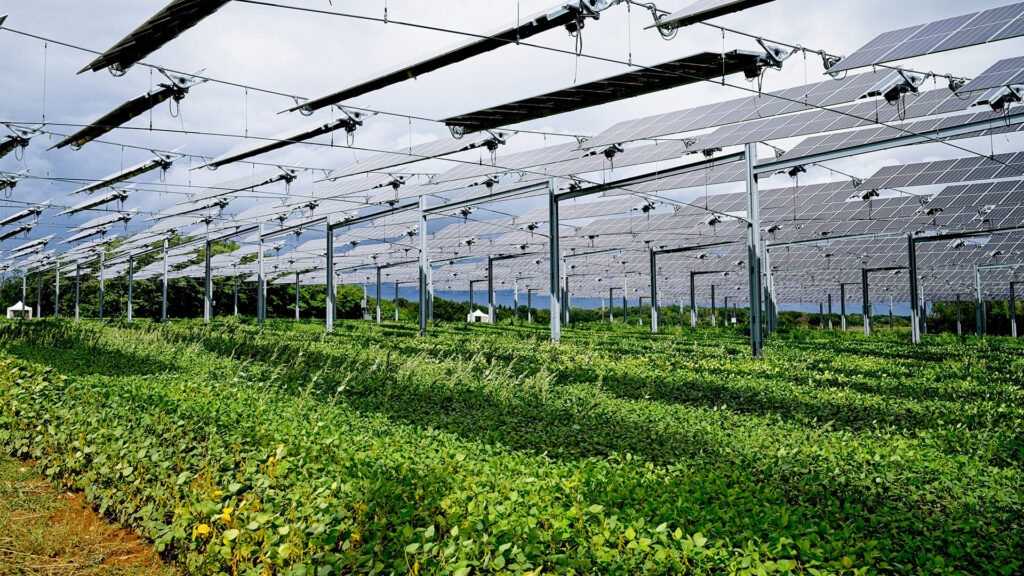Egg prices are cracking under pressure as a new wave of avian influenza, commonly known as bird flu, sweeps through U.S. poultry farms. The highly pathogenic H5N1 virus has led to the culling of over 11 million egg-laying hens since late 2023, further straining an already fragile supply chain, according to the CDC. The result? Prices for a dozen eggs have skyrocketed, with the national average hitting $4.15 by December 2024, and some analysts predicting another 20 percent hike in 2025.
What Is Causing the Price Surge?
Beyond the immediate loss of poultry, the recovery process is slow. Hens take months to mature and resume laying eggs at full capacity. Meanwhile, supply chain disruptions—from feed costs to labor shortages—continue to compound the issue. The result is an egg market facing not just a temporary shortage, but an extended period of volatility.
Retailers and food chains are responding in different ways. Some grocery stores have imposed purchase limits to prevent panic buying. Meanwhile, restaurants such as Waffle House have added a 50-cent surcharge per egg, while Cracker Barrel has leaned into the situation with clever marketing, offering double loyalty points for egg-based meals.
Consumers Feeling the Pinch
Consumers, particularly those relying on eggs as a budget-friendly protein source, are facing tough choices. This is especially true for individuals on high-protein diets, including those using medications like Ozempic, which has driven increased demand for eggs as an alternative to carb-heavy meals. With prices soaring, many are turning to substitutes like tofu, yogurt, or plant-based egg alternatives.
While supply chain realities drive much of the increase, officials are wary of price gouging. New York Attorney General Letitia James has warned businesses against exploiting the crisis, emphasizing that inflated prices beyond reasonable supply constraints will face scrutiny.
The poultry industry is ramping up biosecurity measures to prevent further outbreaks, but egg prices are expected to remain high for months. In the meantime, shoppers may need to get creative—or be ready to shell out more for their morning scramble.











